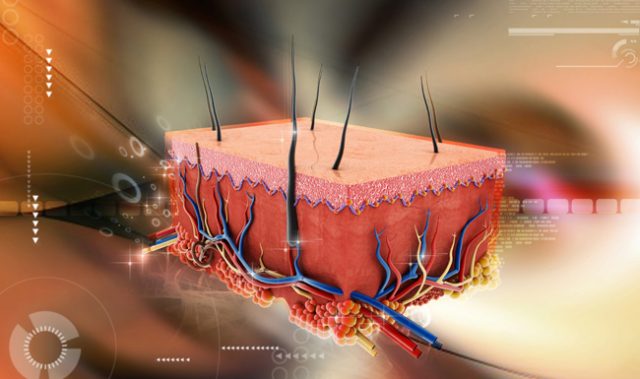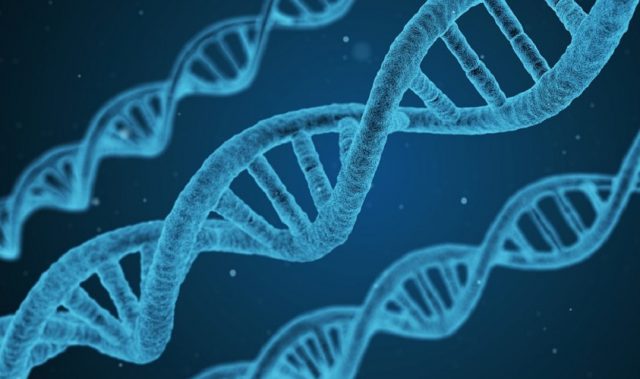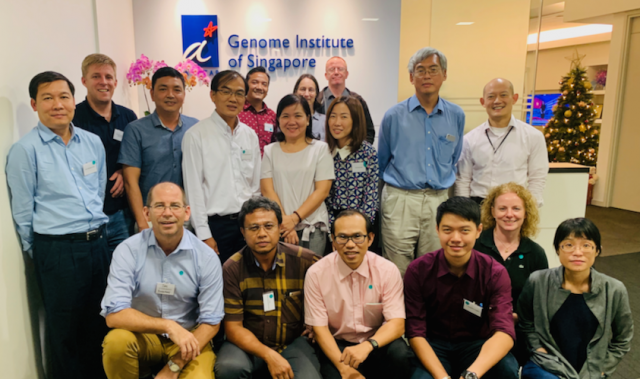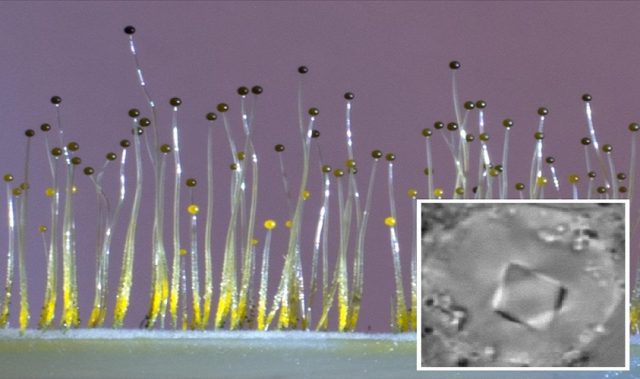
AsianScientist (Nov. 13, 2015) – An international team of scientists, led by researchers from Agency for Science, Technology and Research’s (A*STAR) Genome Institute of Singapore (GIS), Institute of Medical Biology (IMB), and Bioinformatics Institute (BII), and Procter & Gamble (P&G), have completed the first comprehensive genomic and biological study of all species of Malassezia, one of the top skin disease-causing microbes.
The study identified multiple potential targets for treating diseases such as seborrheic dermatitis, eczema and dandruff, all of which can be caused by Malassezia. Malassezia is also associated with skin cancer, the 6th most common cancer in males and the 7th in females in Singapore. The study was published in PLOS Genetics.
Malassezia is a type of yeast found on the skin of all birds and warm-blooded mammals, including humans. Often, Malassezia simply forms part of our normal skin flora, but for unknown reasons it sometimes causes disease. In particular, two species of Malassezia, M. restricta and M. globosa, are present on all human scalps and are responsible for common dandruff and seborrheic dermatitis.
Dandruff occurs when Malassezia feeds off fatty external lipids secreted naturally on the scalp, and the partially digested lipids lead to irritation. The link between dandruff and the two species was first discovered, and their genomes fully sequenced, by Dr. Thomas Dawson and his team at P&G in 2007, which also developed subsequent hair care technologies to target them. However, much remained unknown about Malassezia.
By sequencing the genomes of all known Malassezia, (including multiple strains of those most common on human skin), the team has identified hundreds of features explaining how the fungus may be able to thrive on human skin. The dependence of all Malassezia species on lipids for survival was also established, and the idea that they are sexually active remains supported.
“This new information will allow us to better understand healthy versus unhealthy skin and hopefully learn to modulate the skin microbiome so as to transform unhealthy into perfect, healthy skin,” said Dawson, Senior Principal Investigator at A*STAR’s Institute of Medical Biology (IMB), principal author of the paper.
Importantly, a gene unique to Malassezia and in no other related fungi, was also found. This gene is potentially the one which first allowed Malassezia to switch from living only on plants to being able to live on animals. By targeting this gene, scientists may be able to eliminate Malassezia on human skin, or weaken its growth and survival significantly.
The study is particularly relevant to Singapore and Southeast Asia, given that the hot and humid climate provides a perfect environment for fungi to thrive. In fact, Singapore has the highest reported incidence of fungal-mediated skin disease in the world, with about one in five people suffering from atopic dermatitis, or eczema.
Dr. Niranjan Nagarajan, Principal Investigator at A*STAR’s Genome Institute of Singapore (GIS) and co-author of the paper, said, “This study provides a comprehensive genetic resource for further investigations into Malassezia biology and its life on human skin. Particularly exciting was the identification of several genes horizontally acquired from bacteria that play an important role in making Malassezia unique.”
Malassezia plays a dominant role in the human microbiome and knowing more about these fungi substantially improves our overall understanding. In particular, a database with the sequenced Malassezia genomes has been made public, allowing researchers worldwide to learn more about what was previously considered ‘dark matter’ on the skin.
“Malassezia are at the center of the incurable yet treatable conditions of dandruff and seborrheic dermatitis. The continued investment in understanding the fundamental nature of these organisms allows a more in-depth appreciation of how and why they trigger the annoying symptoms that reduce quality of life for those responsive to their metabolic activities,” Dr. Jim Schwartz, P&G Research Fellow, commented.
The article can be found at: Wu et al. (2015) Genus-Wide Comparative Genomics of Malassezia Delineates Its Phylogeny, Physiology, and Niche Adaptation on Human Skin.
———
Source: Agency for Science, Technology and Research; Photo: Shutterstock.
Disclaimer: This article does not necessarily reflect the views of AsianScientist or its staff.












